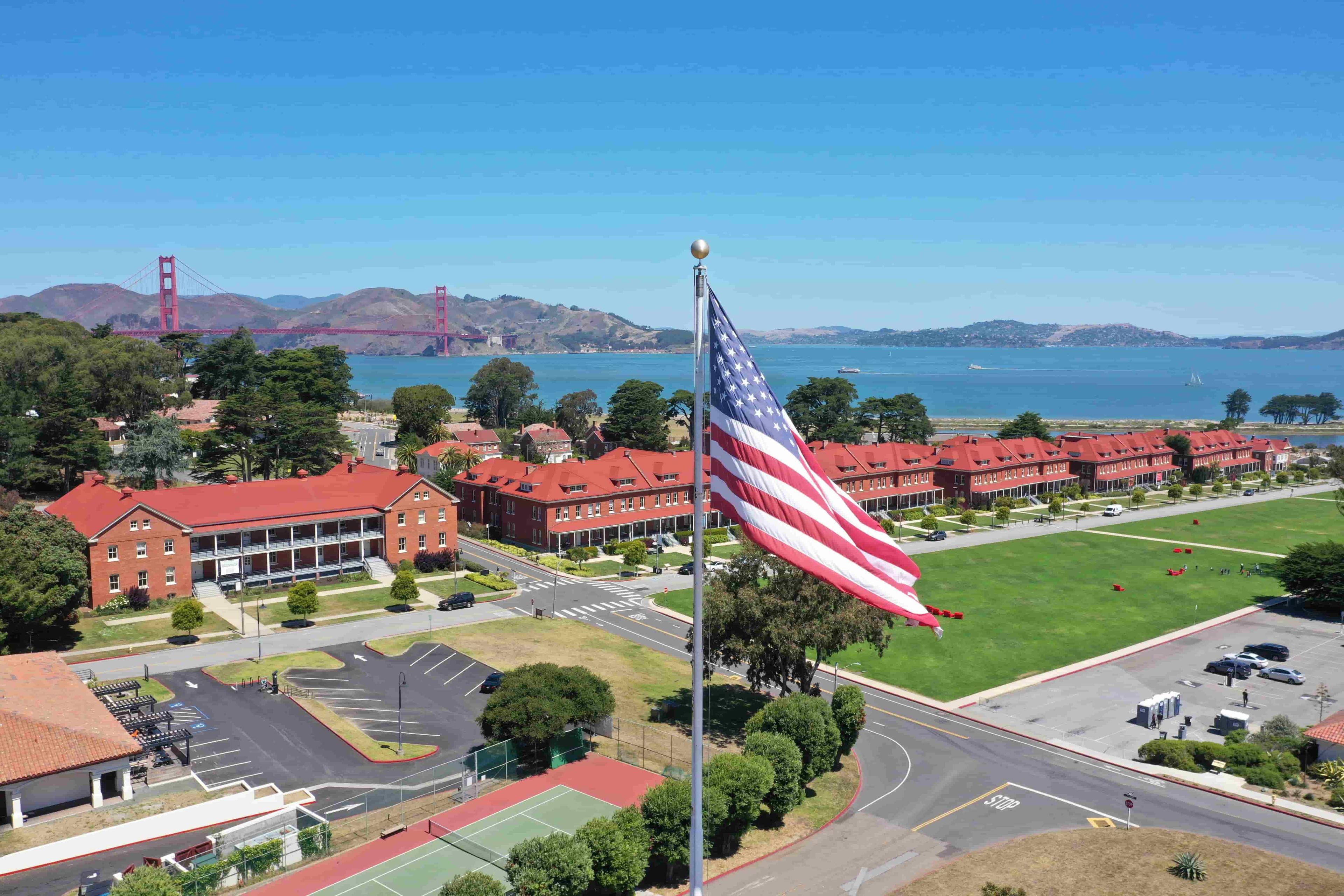San Francisco Forktail Damselfly Re-established at Presidio
Collaboration between the Presidio Trust and San Francisco Zoo takes crucial next step.
Collaborating scientists from The Presidio Trust, the San Francisco Zoo, the GGNRA and San Francisco State University released damselfly larvae at the North arm of Mountain Lake on Friday, October 14, 2016, in the hopes of establishing the rare species in the area, seeing them emerge as adult flies in March, and hopefully populating the lake.
The San Francisco Forktail damselfly is the rarest odonate (dragonflies and damselflies) in North America. They are similar to dragonflies yet are smaller, have slimmer bodies and fold their wings while resting. Although the Presidio Trust does not have historical records indicating their presence at Mountain Lake in the past, it was likely they did occur at the lake. They are only found in one other location in the Presidio (and the City), a seep located at Fort Point near San Francisco Bay. The species existence in the Presidio and in general is precarious at best.
The damselfly was included on the Federal Endangered Species list in the 1980s, and then delisted in the 1990s. Thorough surveys of their status in North America are not yet published, but it is thought that their numbers are declining, and they are not currently protected.
Since the late 1990s, the Trust has been working with local science and education organizations to bring 2,000-year-old Mountain Lake back to health. Partners from the San Francisco Zoo and the Golden Gate National Recreation Area were interested in re-establishing the damselflies in order to bolster their longevity as a species. Additionally, the flies provide mosquito control, and are good food for the native birds — an important step in the restoration plan for the lake. It will be the fifth wildlife species introduced in the lake by the Trust following the chorus frogs, western pond turtles, three-spine stickleback fish, and California floater mussels.
Susanna Ngoi of San Francisco Zoo collected both male and female damselflies at the Fort Point site and supervised the laying of eggs and hatching of larvae at zoo facilities. She and Trust Ecologist Jonathan Young released the very tiny larvae into the lake on October 14. His team will count the flying adults upon their emergence in March, 2017 to gauge success of the project. The Zoo will continue to provide more batches of the damselflies over the next few months. Additional collaborators on the project include Jessie Bushell, Director of Conservation, San Francisco Zoo and Gardens; Darren Fong, NPS Aquatic Ecologist from GGNRA; and John Hafernik, Professor at SF State Invertebrate Science and Conservation.
